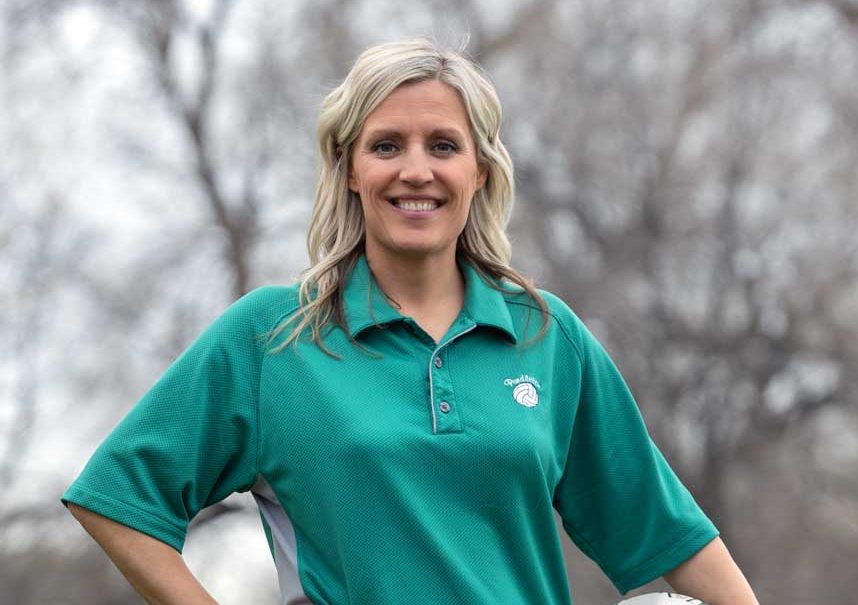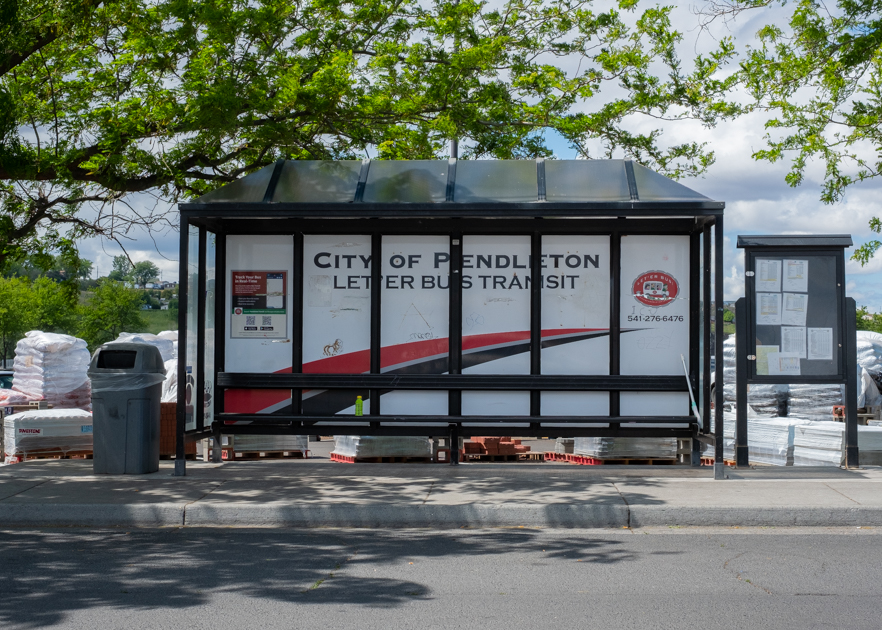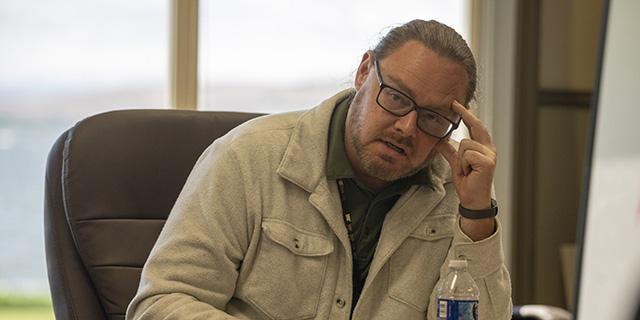Clutter, spices and curiosities of Kochi
Published 9:32 am Sunday, September 7, 2008
Visiting the coastal cities of southwestern India is a different experience in looking at today’s emerging economies of the world. It required some determination to see past the garbage clutter and hordes of people to its accomplishments.
Kochi, our first stop in India on a May cruise, is the largest city (1.5 million) in the heavily populated state of Kerala, named since ancient times as the land of coconut palm trees. The coastal area is separated by canals, wide rivers, estuaries and lakes known as the Kerala Backwaters. So delightful to behold are the houseboats designed like a rice barge and covered in a straw matting roof with gabled windows.
Kochi since 2003 is considered among the fastest developing second tier cities in India. The emphasis has been on information technology, tourism and international trade (gold, textiles, spices and fish), in other words, service and trade sectors.
While China dazzles today’s tourist with its tremendous infrastructure development, India has yet to do this. New buildings are only moderately high. The narrow roads we traveled date back to the colonial periods. Old fashioned design buses, trucks and cars putter up and down these roads. We could still hire from the docks in Kochi a tuk-tuk, a motorized three wheel vehicle, to get around.
What is so fascinating about Kochi, however, is its history as a marsala (spice) market that brought waves of traders, immigrants and colonial powers over the centuries. That heritage of diverse influence is much in evidence, as are the spices in the markets. Pepper from Cochin was mentioned in ancient Greek writing. Cochin is still the home of the International Pepper Exchange.
Early Chinese traders from the court of Kubla Khan in the 14th century bought a huge, cantilevered fishing net still used in Kochi that requires at least four operators. That sight is a favorite photo opportunity for tourists, Indian and foreign alike, as is the cobra charmer in the market square.
Missionaries introduced many religions, including Christianity. Kochi has the largest Christian population (35 percent) in India. It is believed that St. Thomas the Apostle visited Kerala in the first century. Christians reportedly live peacefully in this area beside Muslims, Hindus and many other religious adherents.
Vasco da Gama, the first Portuguese explorer to set sail for India, died in Kochi. We looked at the spot in St. Francis’ church (16th century) where his remains were buried for a time.
We went inside a synagogue, also from the 16th century, and learned that Jewish merchants came to Kochi to escape the Inquisition in Europe and were active in the spice trade.
For local Indian culture, the outdoor vendors sell the most splendidly dressed wood puppet dolls whose characters and costumes are said to reflect traditional dances and Hindu epic tales called Kathakali performances.
I couldn’t find anyone among my shipmates adventurous enough to accompany me when I went to a local restaurant to dine on Kerala cuisine, known to be very spicy hot. I ate a tasty dish steamed in a clay pot with local fish, multiple spices and coconut milk and served on fluffy white basmati rice. I couldn’t order a beer, though. It was the first day of the month, and it was local government policy that no alcohol be served so that workers wouldn’t be tempted to spend their pay checks.
An unexpected aspect of Kerala state is that it is one of the most literate, healthiest and gender-equitable regions of India. Its literacy rate is an astounding 94.3 percent. It has such a good health system that its infant mortality rate is one fifth the national average. Indians come to Kochi for its health resorts.
Most interesting, too, is that Kerala had the first freely elected communist government in the world, coming to power in 1957 and still being elected. It is said to have a more equitable land and income distribution than usual in India.
A curiosity we heard about Kerala is that it has the highest suicide and alcohol consumption rates in India. One theory is that its youth are unusually well educated but can’t find jobs because of the lack of job-creating industrial development. A lot of its males have thus gone overseas to work, such as in the United Arab Emirates where later we were to witness the high Indian presence, and their remittances are a strong factor in the Kerala economy.
Ambassador Harriet Isom grew up in Pendleton and has retired to the family ranch. She was a career diplomat serving in Asia and Africa from 1961 to 1996.





